“If a US co-producer specifies a delivery format the decision is often taken out of our hands,” says head of production Helen Flint. For Generation Kill, a seven-part Iraq war drama Company is producing for HBO Films, Flint had the option to acquire on Sony’s 900R but went with 16mm instead.
“High-end HD equipment requires lots of heavy, cumbersome leads and boxes and lenses and we needed to be filming inside moving army vehicles,” she says. “By contrast, the Arriflex 416 is nice and simple.”
Flint also felt that digital cameras wouldn’t be robust enough to endure shooting conditions on location in Mozambique and Namibia. “The electronic parts don’t respond well to extremes of hot and cold,” she says.
HD was perfect for the look of Skins but not right for Shameless, partly because the format is “too sharp and beautiful when we want a degraded look”, and partly because the larger HD camera proved unwieldy for the small house sets used for series one.
For Wild at Heart, Flint also chose HD but wished she hadn’t. “We shot in a palace in Lithuania but there weren’t enough available lamps and it was quite restrictive because HD needs a lot of light. The local crew were also very versed in 16mm but had far less understanding of HD.”
Like Flint, Carnival Pictures producer Chris Aird prioritises editorial concerns. “I think people will always shoot on film because it’s got a certain quality HD can’t match,” he says. “Where Hotel Babylon required a heightened, saturated look for which HD is perfect, Whistleblowers and Midnight Man require a social-realist look so film was preferable.” Aird is exploring HD options for new ITV drama Harley Street.








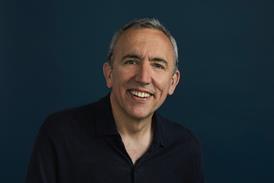
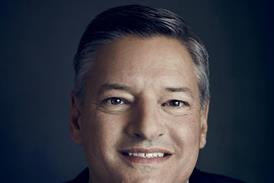

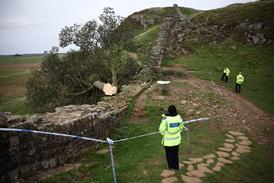
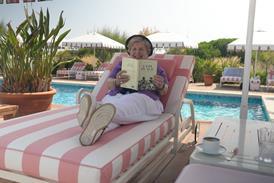







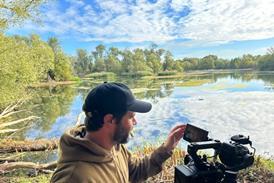
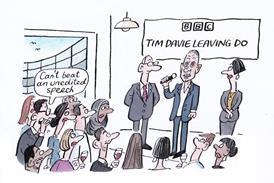




No comments yet